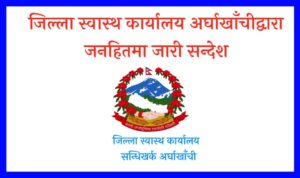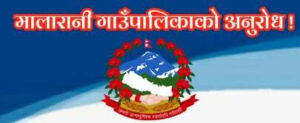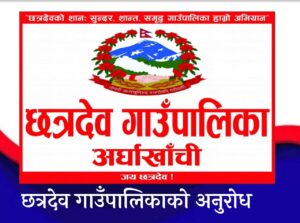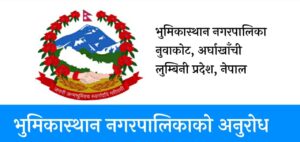05 Sep, 2020
Dhangadhi, Sept. 5: The population of endangered vultures is gradually increasing in the Sudurpaschim State as a result of the conservation campaign launched in a larger scale to reintroduce the large fliers in the wild.
According to the Bird Conservation Nepal (BCN), in 2018, a total of 98 vultures were spotted in the Sudurpaschim State. In the same year, eggs were hatched in 72 nests, of which, only vulture pairs of 68 nests were successful in hatching their chicks, the BCN said.
The number of vulture rose to 101 by 2019, while only 56 out of 101 pairs were successful in raising their chicks, the report said.
Hiru Lal Dangaura of BCN said the endangered birds were found nesting in various communities and leasehold forests of the state. “To conserve these critically endangered vultures, first we need to protect their habitats,” said Dangaura, a bird expert.
Vultures are the natural cleaners of the environment. They feed on decaying animal carcasses, thereby preventing the spread of diseases and stinking smell. Vultures are also found in the hilly regions of the state. Dangaura said some 10 vultures were spotted in Baitadi district.
Similarly, the most endangered species of vulture, ‘Dangar’ were found nesting in the community forests of Kailali, Khutiya, Shankar, Banjiriya, Beli Pateli and Matribhumi community forests and Phakalpur region.
Similarly, Suklaphanta National Park, Tarapur, Banshah and Parsiya regions are the major habitats of the various species of vultures. Sukhlapatha National Park is also the habitat of the vulture locally known as Sano Khairo Giddha.
The number of vultures, which are on the verge of extinction, has been significantly increasing in the state after veterinarians and livestock owners stopped using the drug Diclofenac, said Dangaura. Diclofenac is an anti-inflammatory veterinary drug used to treat cattle.
Two decades back, the population of vulture, which feed on carcasses of cattle, dogs and jackals, began declining critically. Lab tests showed that Diclofenac residue in the cattle carcass was responsible in vulture deaths. Vultures feed on carion that would otherwise have filled the environment with foul smells. Thus, these birds are called the natural cleaners, he added.
He added that the vulture population in Nepal has been recovering gradually because conservation measures have paid off, he claimed.
As per a study carried out by BCN, there were 500,000 vultures of different species in 1990. There are eight species of vultures, Sano Khairo, Dangar, Sun, Seto, Raj, Himali and Kahiro in Sudurpaschim state, said Dangaura. The country on Saturday is joining the global community in commemorating International Vulture Awareness Day, said Dangaura. Rising Nepal





